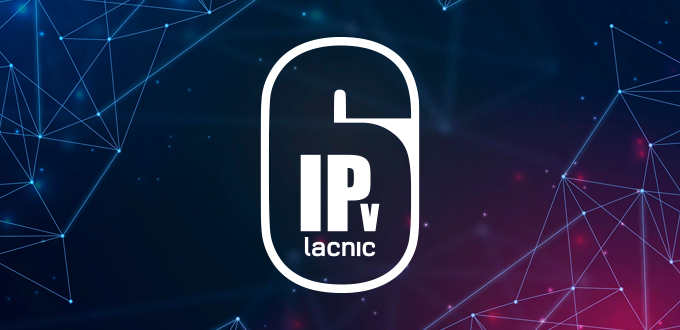Operating a Network Minimizing the Use of IPv4 and Getting the Most Out of IPv6
07/06/2022

IPv6 is no longer an aspiration but a viable tool that can be used to streamline and mitigate IPv4 exhaustion. IPv6 is not a magic solution, but it has a series of advantages in relation to IPv4, as it is a fact that obtaining IPv4 addresses is increasingly expensive and leads down a path fraught with problems.
By contrast to the difficulties presented by IPv4, IPv6 has a series of advantages such as allowing the operation of certain services and relieving the burden of NAT translation. IPv6 also allows Internet service providers (ISPs) to implement peering policies with CDNs and IXPs autonomously and independently of third parties.
Likewise, it should be noted that there are disadvantages to all remaining options for obtaining IPv4. LACNIC’s IPv4 waiting list is long, estimated waiting times are currently at least four years, leased addresses come with legal challenges and operational risks and, finally, purchasing IPv4 addresses by way of a transfer involves a cost of up to 50 dollars per address. This is why we should think about the most effective way to make the most of IPv6 and the small number of IPv4 addresses we can obtain.
Today, we can say that IPv6 is already a reality in the region, as more than 30% of users across Latin America and the Caribbean can use IPv6.
IPv4 and IPv6 are two completely separate protocols. For practical purposes, a dual-stack network behaves as two different networks. In this scenario, IPv4 and IPv6 packets may follow different paths, making gradual transition scenarios a challenge. Simultaneously running both protocols affords a major advantage: IPv4 and IPv6 packets do not have to flow through the same network paths.
The important thing is to try to use as little NAT as possible. When implementing NAT, we should balance the need to use IPv4 numbering as efficiently as possible (implementing NAT in our network edge) with the solution’s scalability (for which it is better to move NAT away from the edge and bring it closer to the user).
(Free access, no subscription required)
For what should we continue to use IPv4?
The answer is simple: use IPv4 in the services where it is most effective and reserve it for basic necessities:
- infrastructure servers,
- hosting services,
- customers with specific needs.
As you know, IPv6 addresses can be obtained in just a few days, as LACNIC has great availability of these resources. Having IPv6 resources allows us to manage our routing and peering policies and has many advantages for bringing content and traffic. Peering with IPv6 resources of our own can reduce the burden on NAT, especially if peering relationships can be established with major traffic sources.
The views expressed by the authors of this blog are their own and do not necessarily reflect the views of LACNIC.